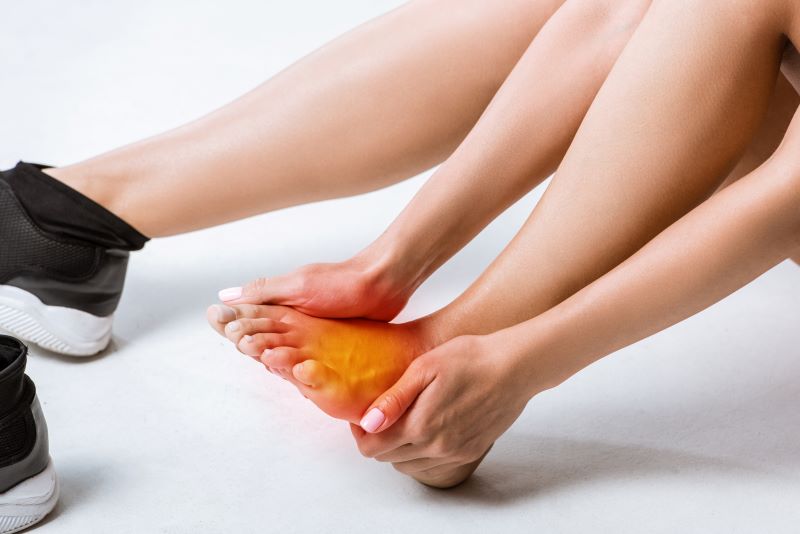What Triggers Morton’s Neuroma? Understanding the Causes and Risk Factors
Morton’s neuroma is a painful foot condition that can significantly impact your daily life. It’s a condition that’s often misunderstood, and many people are unaware of what causes it. At AOA Arlington Orthopedic, we believe that informed patients are better equipped to make decisions about their health. In this blog post, we’ll explore the triggers and risk factors associated with Morton’s neuroma, shedding light on what you can do to prevent it or seek timely treatment.
Understanding Morton’s Neuroma:
Morton’s neuroma is a condition that affects the nerves in the ball of the foot, most commonly between the third and fourth toes. It results in pain, burning, and numbness in the affected area. Understanding the triggers of Morton’s neuroma is essential for both prevention and early intervention.
Common Triggers and Risk Factors:
Footwear: One of the most significant triggers for Morton’s neuroma is improper footwear. Wearing high heels or tight, narrow shoes can compress the toes and create pressure on the nerves. Over time, this pressure can lead to the development of Morton’s neuroma. Choosing shoes with a wider toe box and lower heels can help reduce the risk.
Foot Structure: Some individuals have inherited foot structures that make them more prone to developing Morton’s neuroma. High arches, flat feet, or unusual bone formations in the feet can increase the likelihood of nerve compression. If you have a family history of the condition or have noticed any abnormal foot structures, it’s essential to be vigilant.
Foot Stress: Engaging in activities that place repeated stress on the forefoot, such as running or participating in sports that involve tight turns or rapid acceleration, can contribute to the development of Morton’s neuroma. Using proper footwear and techniques during these activities can help reduce the risk.
Age and Gender: Morton’s neuroma is more common in women and typically affects individuals between the ages of 40 and 60. Hormonal changes, such as those associated with menopause, may play a role in its development. Understanding your demographic risk factors can help you stay proactive in preventing or managing the condition.
Medical Conditions: Certain medical conditions, such as bunions, hammertoes, and rheumatoid arthritis, can increase the likelihood of Morton’s neuroma. Managing these conditions and seeking treatment when necessary can help mitigate the risk.
Occupational Factors: Jobs that require prolonged standing or walking on hard surfaces can contribute to Morton’s neuroma. Wearing comfortable, supportive shoes, using cushioned insoles, and taking regular breaks to rest your feet can help reduce the risk for those in such occupations.
Understanding the triggers and risk factors associated with Morton’s neuroma is the first step towards prevention and timely intervention. By making informed choices regarding footwear, addressing any underlying foot conditions, and being mindful of activities that stress the forefoot, you can reduce your risk of developing this painful condition. If you suspect you have Morton’s neuroma or are experiencing symptoms, it’s essential to consult with a healthcare professional or an orthopedic specialist at AOA Arlington Orthopedic for a thorough evaluation and personalized treatment plan. Your foot health is our priority, and we are here to help you every step of the way.









